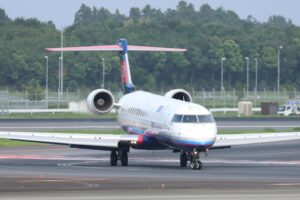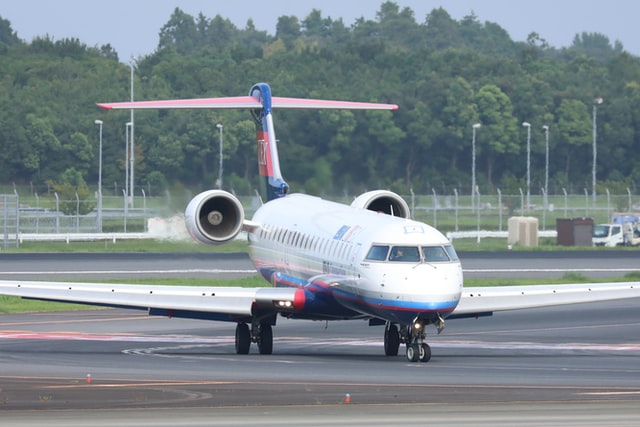-
Air cargo declined the least in September year-on-year since April
-
September volumes saw 7% growth over August
-
General cargo, which included COVID-related equipment, is up 8% in September month-on-month
-
In the first two ‘COVID quarters’ from April to September, air cargo volume decreased by 21% year-over-year
 Global air cargo volume registered the lowest drop in September 2020 since April, falling 12.5% year-on-year against a 33% year-on-year decline in April, according to the latest figures from WorldACD.
Global air cargo volume registered the lowest drop in September 2020 since April, falling 12.5% year-on-year against a 33% year-on-year decline in April, according to the latest figures from WorldACD.
Month-over-month, September showed a 7% increase, making the month the best for air cargo since April, said the air cargo data provider.
General cargo, which included quite a bit of COVID-related equipment, was up by 8% month-on-month in September, as against other product categories which grew by only 4%.
The origin regions Africa, Europe and MESA (Middle East & South Asia) had an above average month-on-month growth in September at +11%, +10% and +8%, respectively. Airline revenues increased by 6% month-on-month, remarkably evenly divided over all regions.
Freighter capacity in September was the same as in August, but cargo capacity on passenger aircraft increased by 3%. Average load factors on the two aircraft types improved by 1 percentage point and 3 percentage points, respectively. Cargo capacity on passenger aircraft grew strong on the lanes from Central & South America (+15%) and Asia-Pacific (+10%).
First 2 COVID quarters
Meanwhile, during the period April-September 2020, regarded as the first two “COVID quarters,” air cargo decreased by 21% compared to the same period last year. The origins MESA, Africa and Europe suffered most (-37%, -30%, -28% respectively), and Asia-Pacific least (-12%).
Most areas suffered losses on all major trade lanes more or less equally during these six months as against last year. The exceptions were Asia-Pacific, which lost very little on the lanes to Europe and North America, and Central & South America (C&S Am), which only lost 7% on its lanes to the north.
Due to a very severe capacity shortage, airline cargo revenues increased 42%. Yields/charges per kilogram increased by 81% from an average of US$1.75 to $3.18. The largest year-on-year differences were recorded in yields/charges ex-MESA (+112%) and ex-Asia Pacific (+108%).
In terms of decline in volume to destination regions, airlines carrying goods to Europe lost 16% volume during the COVID quarters as compared to the same period in 2019. Freight volume to Africa contracted 31%, while the other destination areas showed losses between 21% and 26%.
But looking at airlines’ revenues, those from the Americas added 24% to their revenues, and those from MESA and Asia Pacific grew theirs 60% and 52%, respectively.
Freight forwarders’ share
Regarding freight forwarders, those outside the world’s Top 30 increased their worldwide share of volume, from 54% to 55% during the period. But they ‘bought’ that increase by accepting charges that were 85% higher year-over-year, whilst the Top 30 saw their charges increase by 76%, said WorldACD.
In the largest market, which is ex-Asia Pacific, the Top 30 paid average charges that were 6% lower than those paid by the smaller forwarders.
Among the Top 30, the forwarders with headquarters in Asia-Pacific and North America improved their volume share. Remarkably, the Asia-Pacific forwarders managed to do so in spite of paying average charges 8% below the average for the total elite group.
Photo by Tango Tsuttie on Unsplash





